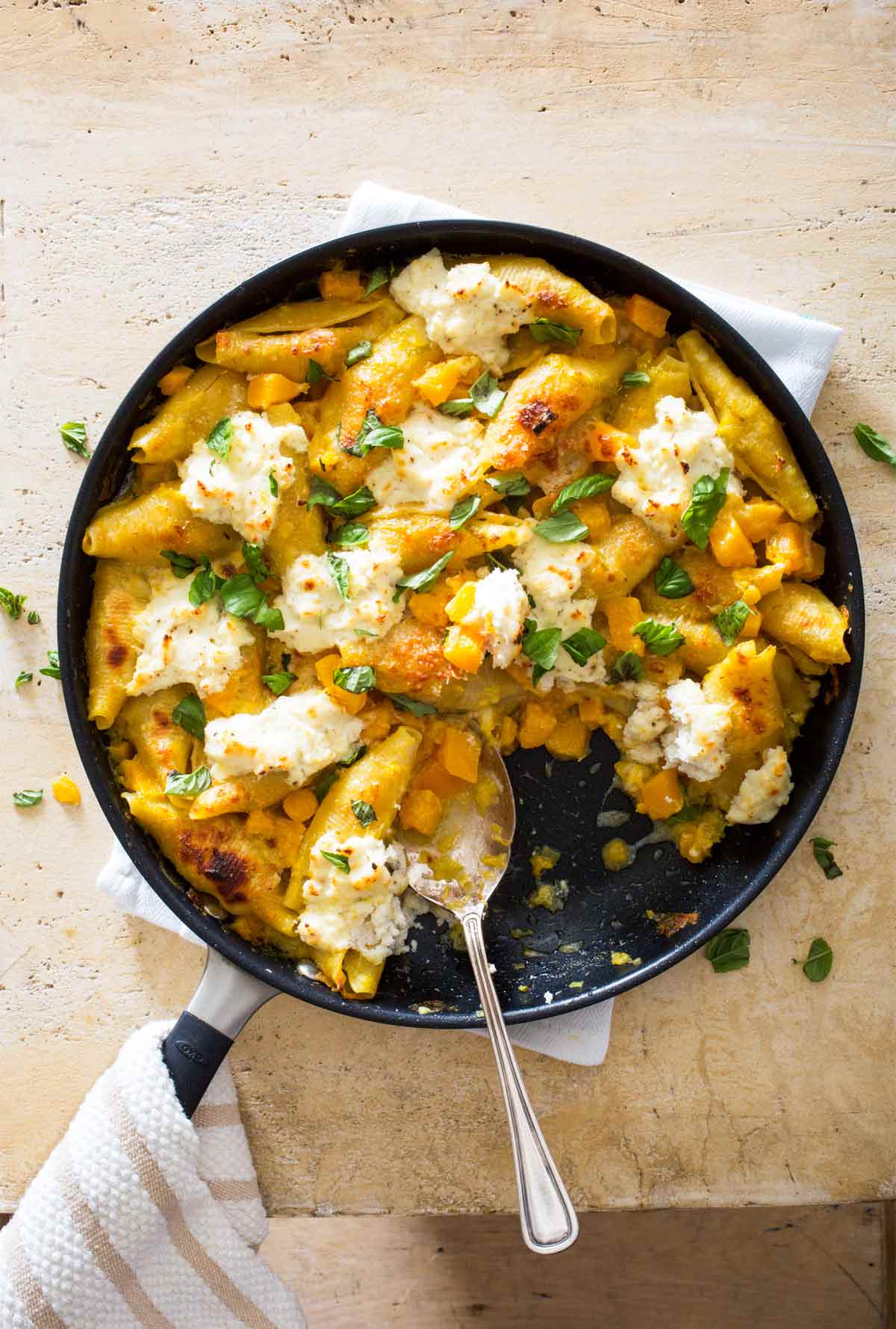
Cheesy jumbo stuffed shells have an undeniable appeal, but preboiling and stuffing individual shells can be an ordeal. We set out to develop an easy, unstuffed version in which the pasta cooked directly in the sauce. We quickly determined the right ratio of liquid to shells to ensure perfectly cooked noodles, but finding the ideal amount of vegetables proved trickier. Cooking butternut squash and leeks in a creamy sauce promised a hearty vegetarian meal, but if we used too much of either vegetable, the skillet was prone to overflowing; too little, however, and the servings looked meager. We settled on 1-1/2 pounds of butternut squash and 1 pound of leeks. Cooking the squash and leeks briefly before adding the pasta and liquid deepened the vegetable’s flavors and ensured that the pasta and squash would finish cooking at the same time. Instead of stuffing the shells with cheese, we sprinkled some Parmesan on top and dolloped a rich lemon-ricotta mixture over everything. Then, we slid the skillet into the oven to brown and melt the cheesy toppings. The skillet will be very full when you add the shells in step 4 (stir gently to start) but will become more manageable as the liquid evaporates and the shells become more malleable. You’ll need a 12‑inch ovensafe nonstick skillet for this recipe.–America’s Test Kitchen
What other pasta shapes can I use in this recipe?
You can substitute large or medium shells, ziti, farfalle, campanelle, or orecchiette for the jumbo shells here.
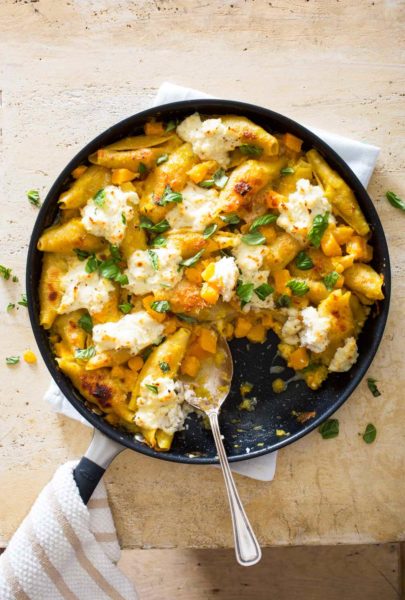
Unstuffed Pasta Shells with Butternut Squash
Ingredients
- 1 cup (8 oz) whole-milk ricotta cheese
- 2 ounces Parmesan cheese, grated (1 cup)
- 1 teaspoon grated lemon zest
- 3/4 teaspoon table salt, divided
- 1/4 teaspoon freshly ground pepper
- 1 tablespoon extra-virgin olive oil
- 1 1/2 pounds butternut squash, peeled, seeded, and cut into 1/2‑inch (12-mm) pieces (5 cups)
- 1 pound leeks, white and light green parts only, halved lengthwise, sliced thin, and washed thoroughly
- 2 garlic cloves, minced
- Pinch cayenne pepper
- 1/4 cup dry white wine
- 4 cups water
- 1 cup heavy cream
- 12 ounces jumbo pasta shells, ziti, or orecchiette
- 2 tablespoons chopped fresh basil
Instructions
- Adjust oven rack to middle position and preheat oven to 375°F (191°C).
- In a medium bowl, combine ricotta, 1/2 cup Parmesan, lemon zest, 1/4 teaspoon salt, and pepper. Cover and refrigerate until needed.
- In an oven-safe, nonstick skillet that measures at least 12-inches (30-cm) in diameter over medium heat, warm the oil until shimmering, 2 to 3 minutes. Add squash, leeks, and remaining 1/2 teaspoon salt, and cook until leeks are softened, 5 to 10 minutes.
- Stir in the garlic and cayenne and cook until fragrant, about 30 seconds. Stir in the wine and cook until almost completely evaporated, 1 to 2 minutes.
- Stir in the water and cream, then add the pasta and bring to a vigorous simmer. Reduce heat to medium, cover, and cook, stirring gently and often, until the pasta is tender and liquid has thickened, about 15 minutes.
- Season with salt and pepper to taste. Sprinkle remaining 1/2 cup Parmesan over top, then dollop evenly with ricotta mixture. Transfer skillet to oven and bake until Parmesan is melted and spotty brown, 8 to 10 minutes.
- Let cool for 10 minutes, then sprinkle with basil and serve.
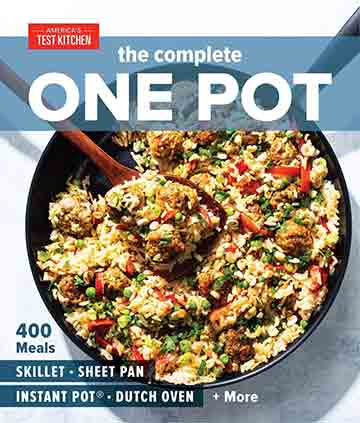
Nutrition
Nutrition information is automatically calculated, so should only be used as an approximation.
Recipe Testers’ Reviews
This was absolutely delicious. It’s incredibly easy to throw together, but it feels so fancy and decadent (the cream! the wine! the cheese!) that it would probably be something I’d make for guests on the weekend.
My household of three loved it, and everyone went back for more. I would, and will, definitely make this again. I might try cutting back on the cream and adding some broth to the mix next time, just to see how lightening it up would work out.
This is a tasty and easy pasta with a lot of great flavors. The butternut squash and the leeks complement each other, and the lemon zest in the ricotta adds a nice bright zing. I didn’t get much cayenne flavor so will increase that next time. I might even add sausage to make it extra hearty.
The water should be reduced by at least a cup so the sauce thickens better, you can always add more water as you go. I doubled the recipe so I can have good stuff to take to work so it took a while to make, and I used a 9 1/2 quart Dutch oven to hold everything.
It’s rare for me to make any recipe and find no changes I’d make next time, and also rare for me to rate any test recipe a 10. I loved this pasta dish, though, and I honestly can’t think of anything I’d want to do differently next time. My husband has a general dislike of winter squash, but he loved it, too.
There is a fair amount of prep to do with peeling/seeding/cubing of squash, slicing leeks, grating cheese, etc., but it isn’t terribly difficult or fussy. The results of the effort are certainly worth it, producing a comforting meal with flavors of sweet squash and lemony ricotta. We were very happy that it made a large amount of leftovers so we could enjoy it several more times during the week.
I used ziti for this recipe. I would suggest covering the leaks and butternut squash in order to speed up the softening process. Though there was slightly too much of the squash, the pan was overfilled and I could barely move the spatula.
Living in an area flooded with Italian food, I can get a bit jaded to the classics. This recipe brought new life to traditional stuffed shells and the pops of butternut squash made it feel like a totally new dish. The consistency was perfect. The shells weren’t too soft, there wasn’t too much liquid, the squash and leeks were tender and delicious.
While simmering the shells, I was worried that they wouldn’t cook evenly because they weren’t fully submerged under the liquid, but it wasn’t the case. Moving them frequently, they softened just enough while still having a bite to them. This made microwaving leftovers easy.
I’d like to try this again with other pasta, but there was something magical about the way pockets of shells filled up with the ricotta mixture after stirring and simmering. It made the dish feel carefully planned instead of all thrown into a single pan, making cleanup fast and simple. This is definitely a recipe I will revisit the next time my Italian-American friends come to visit.
Above all, this recipe was amazingly simple to create and I was lucky to have most produce growing at our farm. This recipe fed 6 of us, as I served it with a simple pork loin. I didn’t have any large shell pasta, so I used rigatoni. The white wine I used was one I tend to always use for cooking from the Alentejo region, called Monte Velho. It’s a strong but decent dry wine.
After pouring the oil into the skillet over medium heat, I waited about 1 minute until the oil warmed up, but I didn’t want it to overheat. After chopping the leeks and squash, I needed about 10 minutes for them to soften. They were still al dente, which doesn’t bother me but what is important here is to make sure that all are cut perfectly the exact same size to make sure they all cook similarly. For the garlic and cayenne, I did exactly as the recipe asked for, to make sure not to overcook the garlic.
Once I added the wine, I added 2 more minutes, to make sure the wine would evaporate. Once I added the water and cream with the pasta, I noticed that perhaps a bit more liquid wouldn’t have hurt it. The pasta did indeed take 15 minutes to cook, but the creaminess was pretty dry. Though I really wanted to add a bit more liquid, I refrained from it. I then followed the rest of the recipe and the timing in the oven was perfect.
The final result was outstanding. I want to try making it again but adding perhaps one more cup of water. To me, what really made the plate outstanding was the leeks—they really give a nice flavor to the recipe.
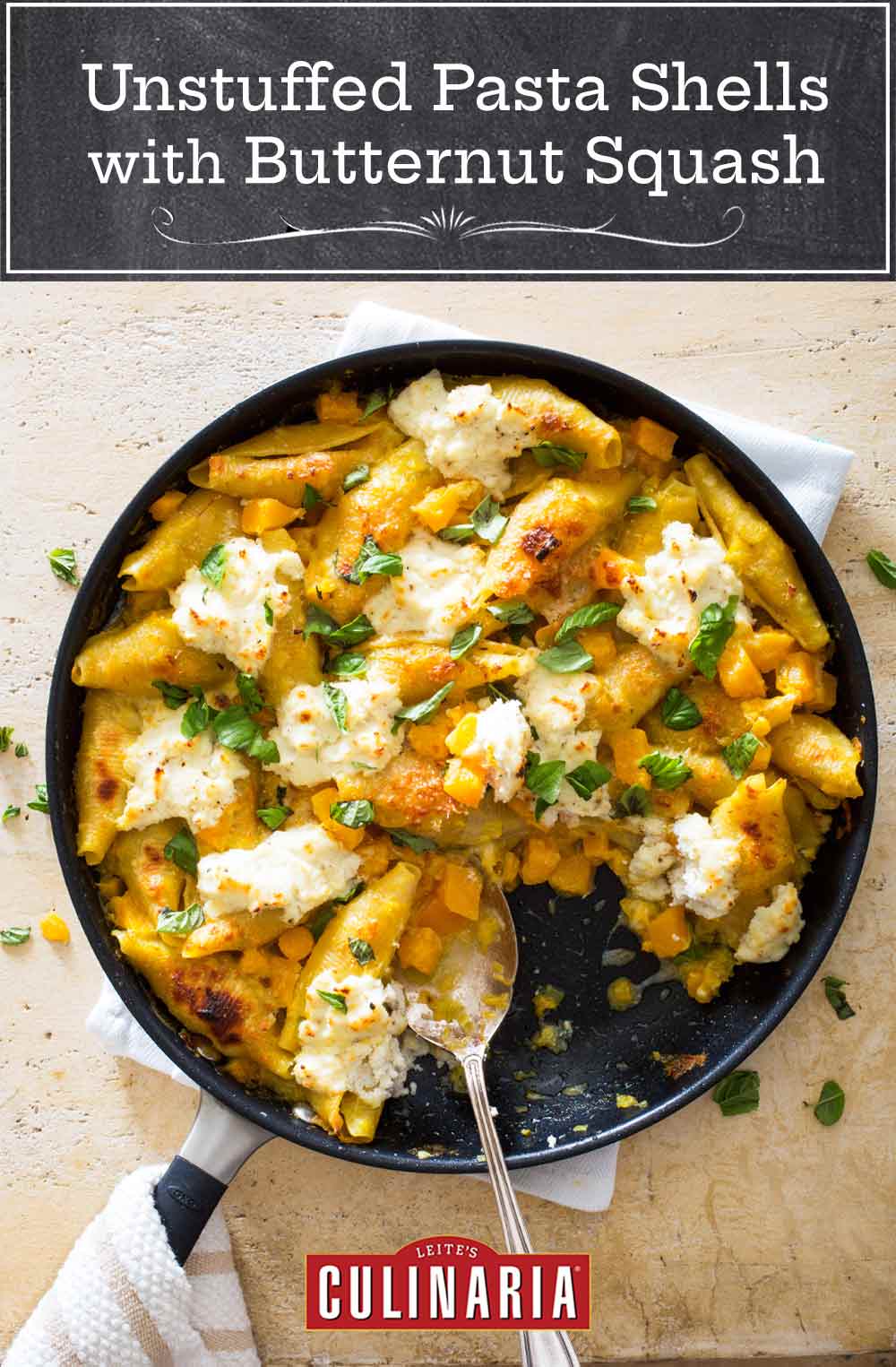



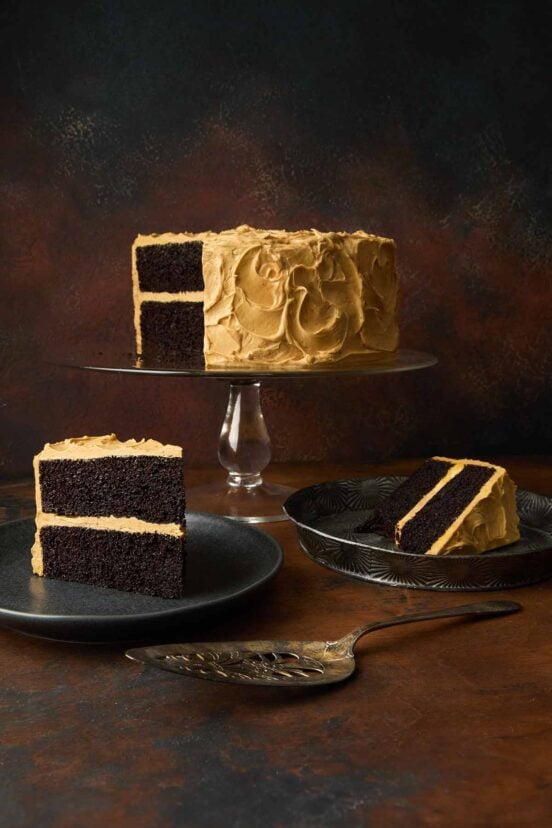
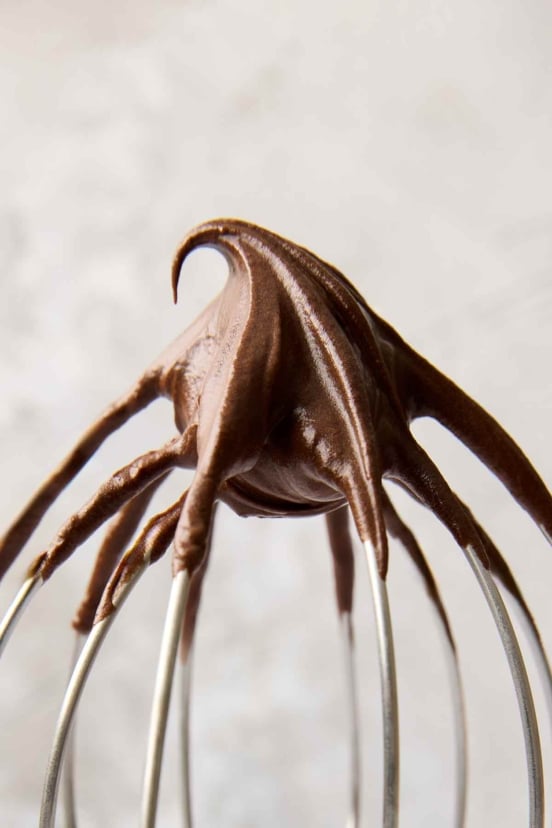
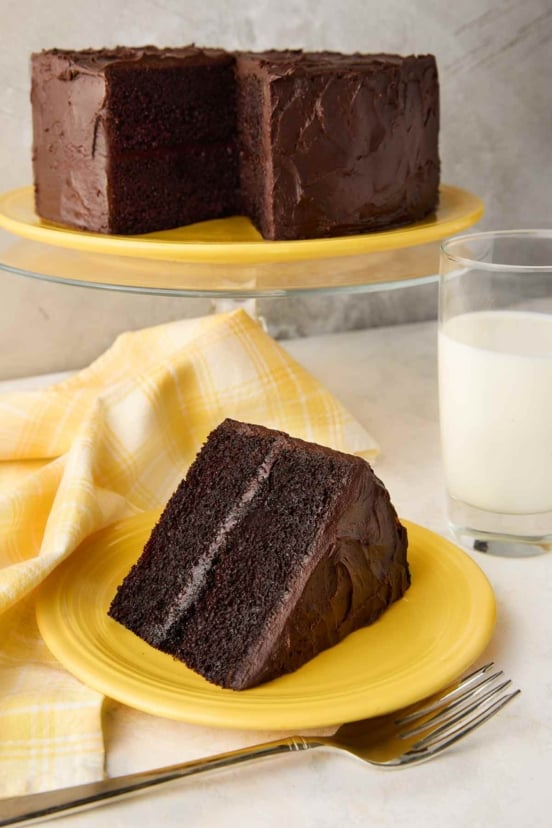









Massively decadent, but a big hit with the kids. Did it with short rigatoni and added a little nutmeg to the ricotta and bouillon paste to the sauce, which really added some heft. My 11-year-old daughter is already plotting for me to make the dish again. She says next time I should add some spinach and chopped tomatoes (as long as they’re seeded 😉 “for some more balance,” god bless her!
That looks wonderful, Fred! I’m betting there are people out there who’d love to know how you got your 11-year old to be requesting more vegetables in her pasta, but those both sound like excellent suggestions.